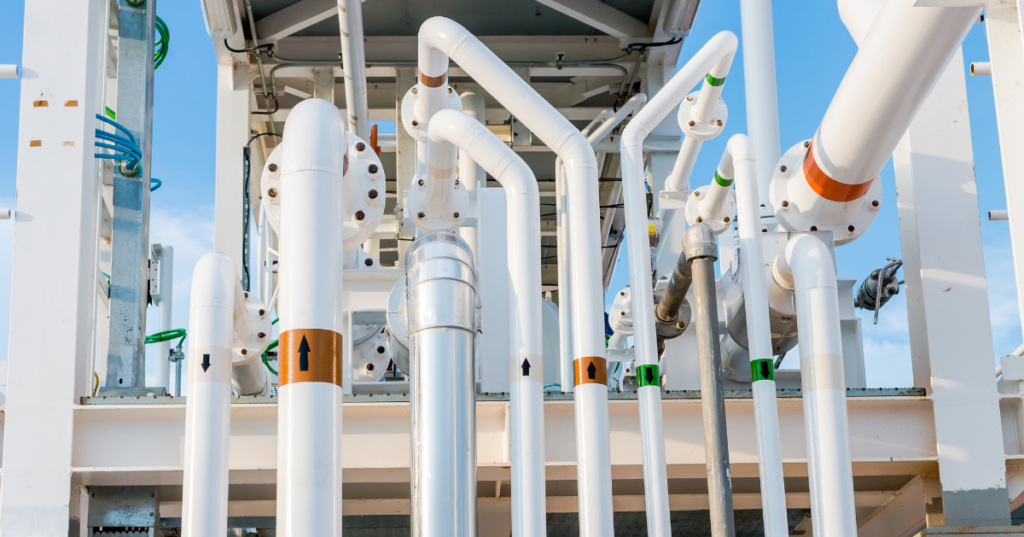Mechanical consultants for industrial projects use the words Utility piping and process piping very frequently. There is a difference between the two. However, both are a part of plant piping. Pipes carry liquids, gases, slurry, and fine particles. The piping system includes pipes, pipe fittings, pumps, valves, and tanks. Process piping is needed in the food, chemical, textile, paper, and pharmaceutical industries. Mechanical consultants for industrial projects design a utility and process piping system that is suited to the project requirements.
What is utility piping?
Utility piping is the piping which does not directly give the output. It helps in the supply of other fluids or gas required for production. Some examples of utility piping are pipelines for chilled water, steam, hot water, process water, air, nitrogen etc. It is non-process piping. MEP consultants optimise the piping design for projects.
What is process piping?
Process piping carries raw materials or finished products to a planned location. The raw materials include fluids, gases, and chemicals. And it could be either from or to a storage tank. The piping that holds water for conversion into a product is also process piping. Process piping components include pipes, pressure hoses, valves, strainers, traps, flanges, and gaskets.
The pipe fittings help control, stop, start, and distribute the fluid flow. Moreover, process piping is common in the food, chemical, textile, paper, and pharmaceutical industries. Additionally, MEP consultants for industrial projects use the standard piping codes to design. The pipes used are steel (seamless and welded), Cast Iron, brass and copper, plastic, and rubber, depending on the requirement of the process.
What are pipe fittings?
Pipe fittings join straight pipe sections, adapt to different sizes and shapes, or regulate flow. They help create a piping network system. Some pipe fittings are elbows, nipples, couplings, unions, tees, crosses, reducers, return bends, plugs, caps etc.
To conclude, mechanical consultants for industrial projects design a utility and process piping system to suit the project requirements.












